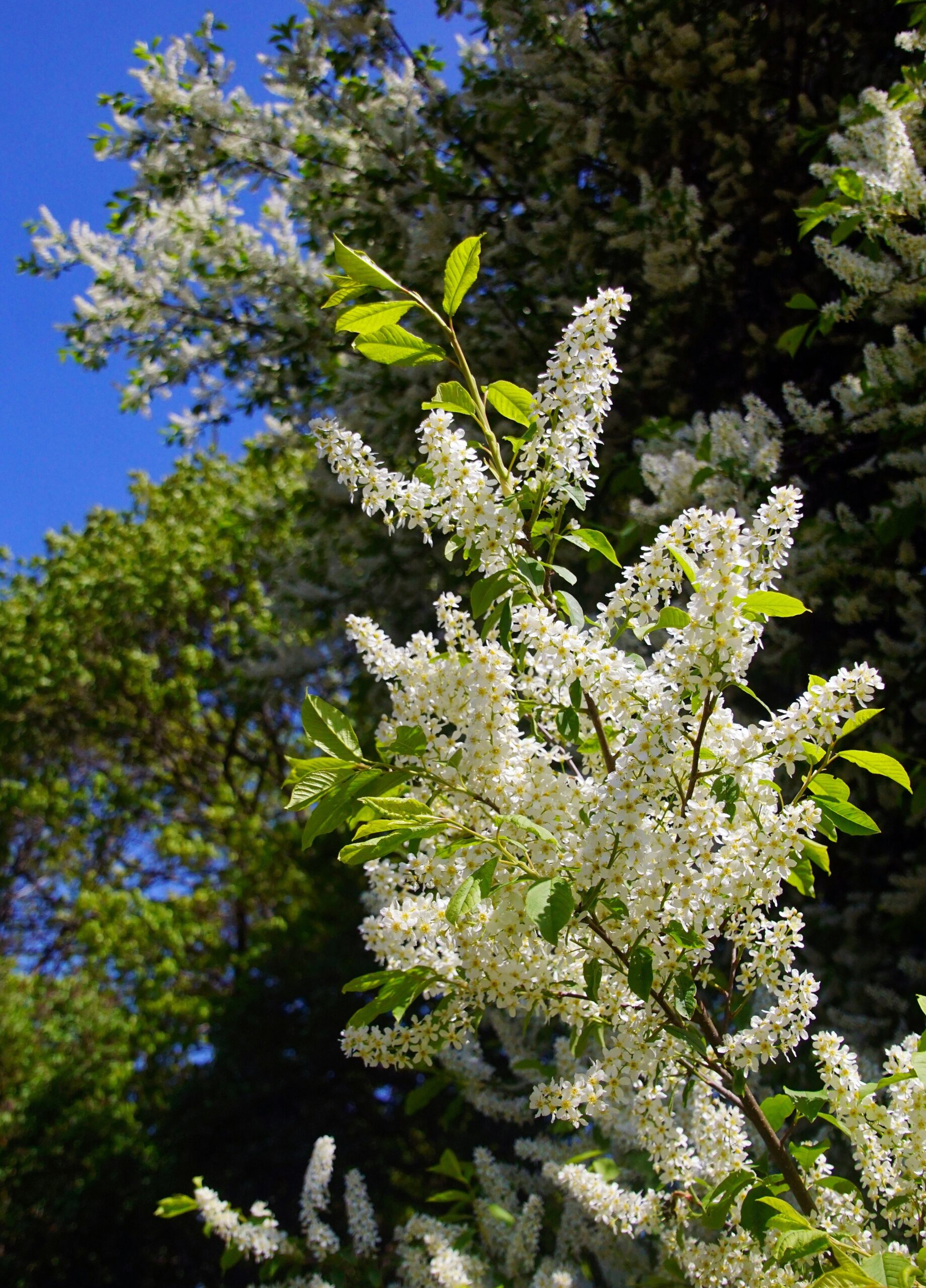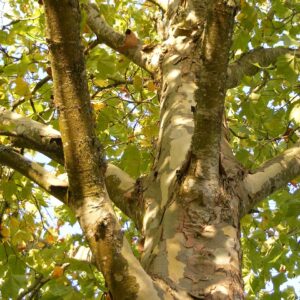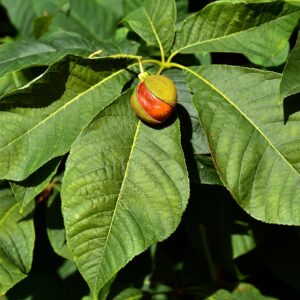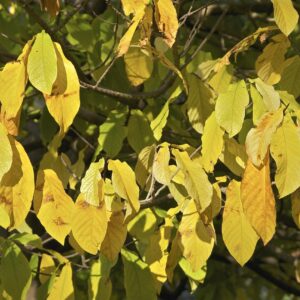Hackberry (Celtis occidentalis), also known as Common Hackberry or American Hackberry, is a deciduous tree native to North America. It is known for its adaptability, unique bark, and ecological benefits. Hackberry (Celtis occidentalis) is a versatile and resilient tree that offers a range of ecological and aesthetic benefits. Its unique bark, adaptability, and broad canopy make it a valuable addition to various landscapes and natural settings.
Appearance:
Size: Hackberry typically grows 40-60 feet (12-18 meters) tall, with a spread of 30-50 feet (9-15 meters). In ideal conditions, it can reach up to 70 feet (21 meters) in height. It has a broadly rounded, spreading canopy with a moderate to dense growth habit.
Leaves: The leaves are ovate to elliptical, about 2-5 inches (5-12 cm) long. They have a serrated or slightly toothed edge and a rough, sometimes uneven texture. The leaves are dark green on the upper surface and lighter green underneath. In the fall, the foliage turns yellow to yellow-brown.
Flowers: Hackberry trees produce small, inconspicuous flowers in early spring. The flowers are greenish and clustered in small, drooping catkins. The tree is monoecious, meaning it has both male and female flowers on the same tree.
Fruit: The fruit is a small, round drupe that turns from green to dark purple or black when ripe. The fruit is about 1/4 inch (0.6 cm) in diameter and has a slightly sweet taste. It matures in late summer to early fall and is eaten by various birds and wildlife.
Bark: One of the most distinctive features of the Hackberry is its bark. The bark is gray to light brown and has a warty, knobby texture. As the tree matures, the bark develops shallow ridges and fissures, giving it a unique, rugged appearance.
Habitat: Hackberry is highly adaptable and can grow in a variety of habitats, including upland woods, bottomlands, and disturbed areas. It prefers well-drained soils but can tolerate a range of soil types, including clay, sandy, and loamy soils. It is hardy in USDA Hardiness Zones 2 to 9.
Uses:
Ornamental: Hackberry is valued for its attractive bark, broad canopy, and tolerance of a range of environmental conditions. It is often used in landscaping as a shade tree or in naturalized plantings. Its distinctive bark and changing foliage colors offer visual interest throughout the seasons.
Ecological: The tree provides habitat and food for wildlife. The small fruits are consumed by various birds and mammals. Hackberry also supports a range of insects, including the larvae of some butterfly species.
Woodworking: The wood of Hackberry is used for various applications, including furniture, cabinetry, and general woodworking. It is a hard and durable wood but not commonly used commercially compared to other hardwoods.
Care:
Pruning: Prune Hackberry in late winter or early spring before new growth begins. Pruning helps maintain the tree’s shape, remove any dead or damaged branches, and improve air circulation within the canopy.
Watering: The tree is drought-tolerant once established but benefits from regular watering during dry periods. It prefers consistently moist soil but can tolerate short periods of dryness.
Fertilizing: A balanced, slow-release fertilizer applied in early spring can support healthy growth. However, Hackberry is not particularly demanding in terms of fertilization.
Pests and Diseases: Hackberry is generally resistant to pests and diseases but can occasionally be affected by issues such as Hackberry Nipple Gall or aphids. Regular monitoring and proper tree care can help manage these issues.





